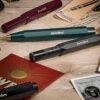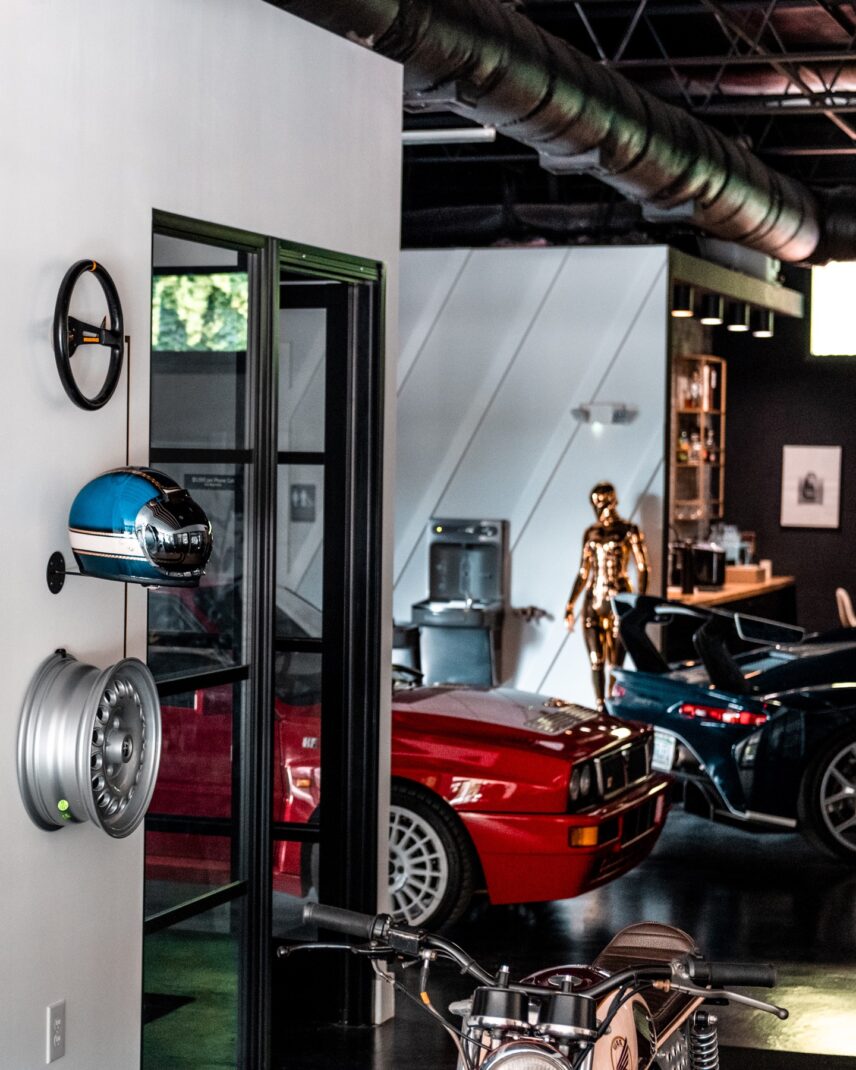This story originally appeared on the Gents Cafe Newsletter. You can subscribe here.
Discommon was never meant to be common ground. What started as a blog on disruptive ideas grew into a design studio and product brand that thrives on pushing limits. The name itself is a manifesto: stand apart, make differently, live boldly.
From engineering a Concorde sculpture for London’s Peninsula Hotel to turning a lost shipment of coffee cups into a cult saga, Neil Ferrier’s journey reveals the audacity and humor that fuel Discommon. Along the way, he shares how a lifelong love for cars—shaped by childhood memories and a taste for speed—continues to influence his design philosophy.
In this Brand Talks interview, Neil Ferrier, Founder of Discommon, takes us inside a philosophy where standing apart is not just a name but a way of life—one that includes an enduring obsession with creating the “Eames lounge chair” of his generation.
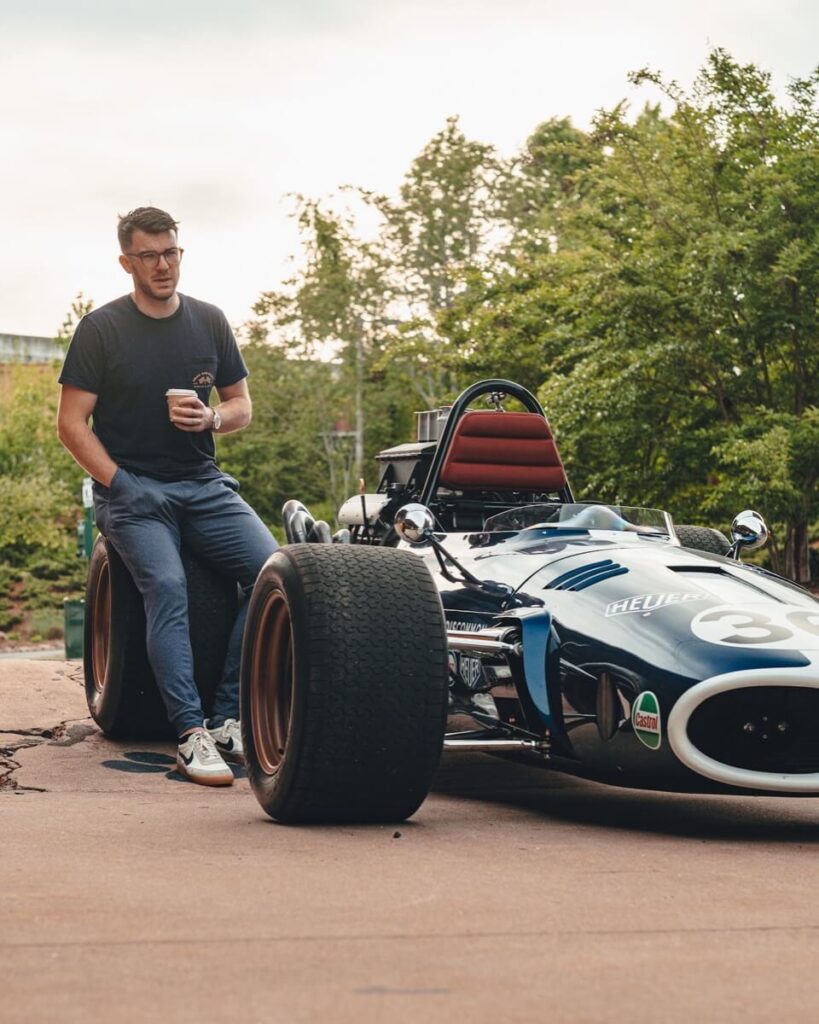
What are the things you’re passionate about outside of work and design?
One of the hardest parts of being an entrepreneur is figuring out how to switch your brain off. That became especially clear when I became a dad about ten years ago. I had to come to terms with the fact that I wasn’t just Discommon, even though the lines between me and the brand blurred a lot. And that can be a tough thing, because if your identity is completely wrapped up in what you’ve built, you start to wonder: is that the only value you bring?
So I’ve worked hard to find things that are just mine—outside of work. One of the most important is spending time with my kids. I want them to just know “Dad”— a guy who’s creative, who makes things, but who isn’t always in work mode.
As for personal passions, mountain biking and driving are big ones. They’re intense and demand your full focus—if your mind is still on work while doing either, you’re going to crash. I think a lot of high-functioning people gravitate toward activities like that, where total immersion is required.
And lately, I’ve also found real peace in cooking. I’m not claiming to be amazing at it, but there’s something calming about it—especially in the evenings. It slows everything down. So yeah, those three have become really important to me. But above all, it’s been about learning to separate Discommon from Neil.
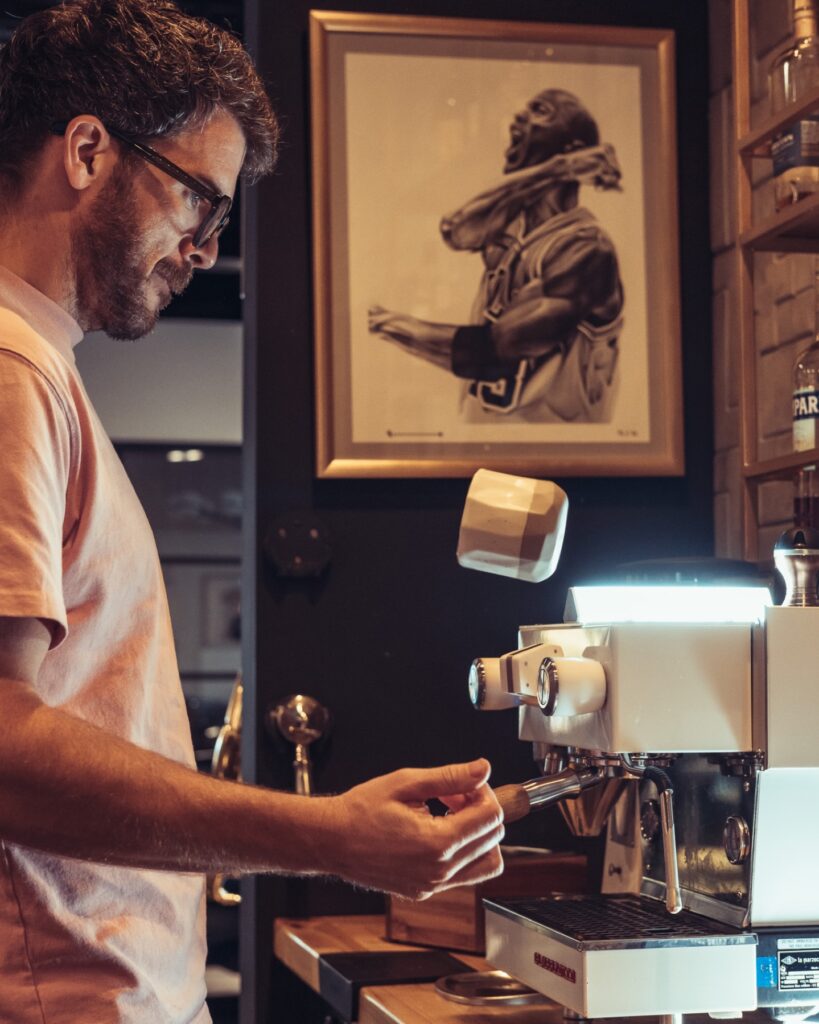
What’s your background before founding Discommon? Were there any pivotal experiences or influences that shaped your approach to design and entrepreneurship?
Funny enough, the same issue came up in my first real job. I started out at Oakley—the sunglasses company—and it quickly became all-consuming. Anytime I’d make a call to a vendor, a tech partner, or another brand, it would always start with, “Hey, I’m Neil, I work in design at Oakley.” It was like Oakley became our identity, a sort of shield we wore. I wasn’t just Neil, I was Neil from Oakley, part of the design team, part of that tribe.
Looking back, there were definitely some downsides to that. When your personal identity is so tightly wrapped up in the company you work for, it can be hard to define yourself outside of it. But the upside was huge. Oakley gave me this relentless mindset to create—just go make something, bring an idea to life, chase it all the way through. That was the job, and it became second nature.
I didn’t bounce around between brands or agencies. It was 11 years at Oakley, and then straight into founding Discommon. So in many ways, Oakley was my real education—the place where I learned how to be in the game.
How did Discommon come to life, and how has it evolved since then?
Discommon really started as a way for me to carve out an identity beyond Oakley. I wanted to build something that was mine, something not tied to a big brand. At the time, I was in this sort of creative lab environment where I could just tinker and make things that were stuck in my head. Two things happened at once: I started playing around with personal product ideas, and I also got offered a side consulting gig with The Macallan, the whisky company. So, almost accidentally, Discommon began as both a product development outlet and a consulting firm.
That duality has shaped what we are today. We always knew there’d be two tracks: on one side, the design and consulting studio, and on the other, Discommon Goods, our product brand. From the beginning, I felt it would be disingenuous to call ourselves a great design firm without actually making things ourselves. So we did. We just started doing.
That mindset still drives us now. We’re currently manufacturing soft goods—bags and gear—for four or five different companies. But the reason we’re good at that is because we’ve been through it ourselves, making our own products from scratch.
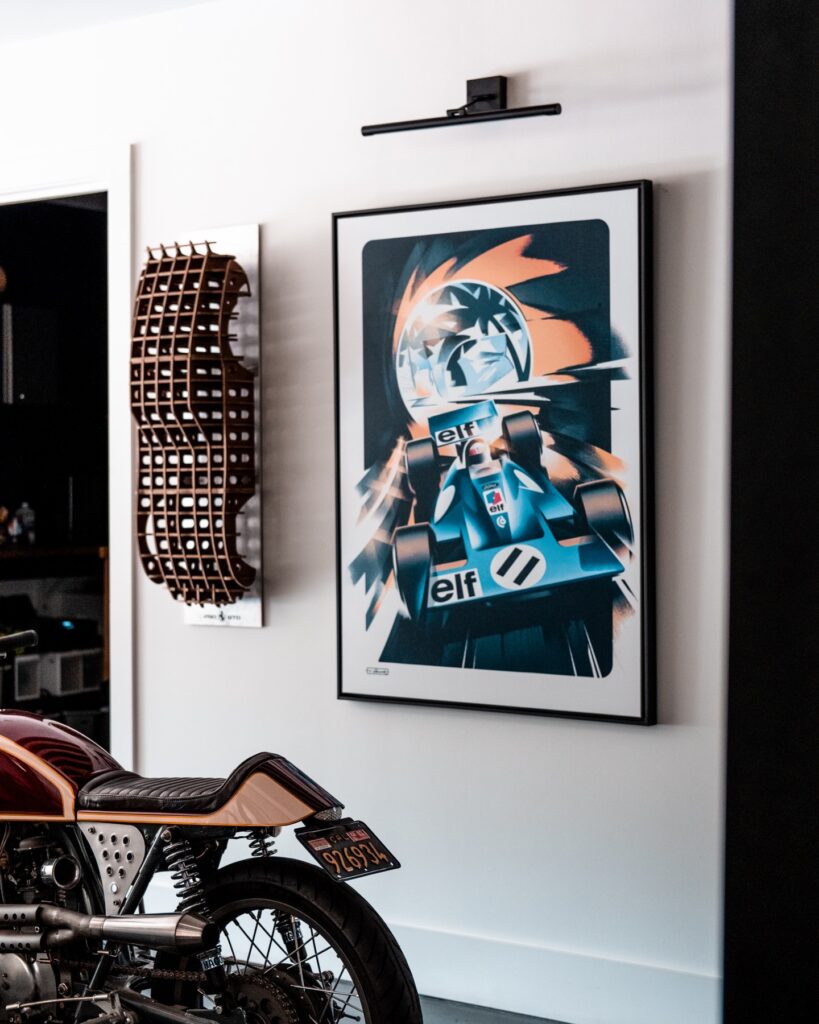
The name itself feels like a manifesto. What does “Discommon” mean to you today?
The name Discommon actually started out as the title of a blog. Back when I was still at Oakley, I was constantly exposed to new technologies and products, and I had a lot of opinions I wanted to share. I decided to write about things that were disruptive and uncommon—hence, Discommon. Then I found out it’s actually a real word, meaning something like “stand apart from the common.” And I thought, yeah, that fits. That’s basically me.
Over time, Discommon evolved from a blog into a brand and a business. When we rebrand companies through our agency work now, I always tell them: the name or logo isn’t what makes the brand, it’s the work, the execution, the ideas. We gave Discommon meaning by what we’ve built with it.
As for the challenges, the biggest one is probably the internal stuff–imposter syndrome and insecurity. Even when things are going well on paper, I’ll still wonder, are we doing enough? Are we good enough? Every project brings questions about margins, risks, and whether the client will stick around. It never really gets easier.
Another hard truth: nothing just happens. A lot of younger entrepreneurs are waiting for work to come to them, but that’s not how it works. Every one of our clients came from being out in the world—talking to people, showing up at events, sharing what we do. People hire a firm because they want confidence and trust, and you can’t convey that through a website alone. Building real relationships is still everything.
Your passion for cars and motorsports is evident. How does that love for machines and speed influence the way you design at Discommon?
There’s always a personal origin story when it comes to cars—some spark from childhood, a memory, a family connection. For me, it started with my dad. When I was growing up, he was working with Sir Jackie Stewart—yes, the Formula One legend—on skeet shooting projects. They even built a shooting school together. So I was always around that world. I vividly remember watching Formula One with my dad, including the exact moment we heard about Ayrton Senna’s death: I was sitting in a caravan in northern Scotland, watching it unfold on a tiny 13-inch TV. That stuck with me.
Cars became woven into our family’s fabric in a deeper way too. After my grandmother passed away, my mom told my dad he could use some of the inheritance to buy something meaningful. My grandmother had driven a Triumph GT6–a classic little sports car with a bulbous nose. My dad bought a BMW Z3M Coupe, often called the “Clown Shoe,” which echoed the shape of her old Triumph. It was this subtle tribute, and that kind of emotional tie to machines really left a mark on me.
That passion has definitely shaped how I think and design at Discommon. Cars teach you about form, function, and emotion all at once. They’re not just machines—they carry stories, culture, and performance. And they evolve with you. Lately, I’ve been obsessed with cars I couldn’t have as a teenager—things like the 1997 Subaru Impreza WRX STI, the Peugeot 205 GTI, or the Renault Clio Williams. It’s funny how that nostalgia kicks in. We all grew up reading Max Power magazine, drooling over tuned-up hot hatches. That spirit, the desire to create something cool, bold, and personal, absolutely influences how I approach design today.
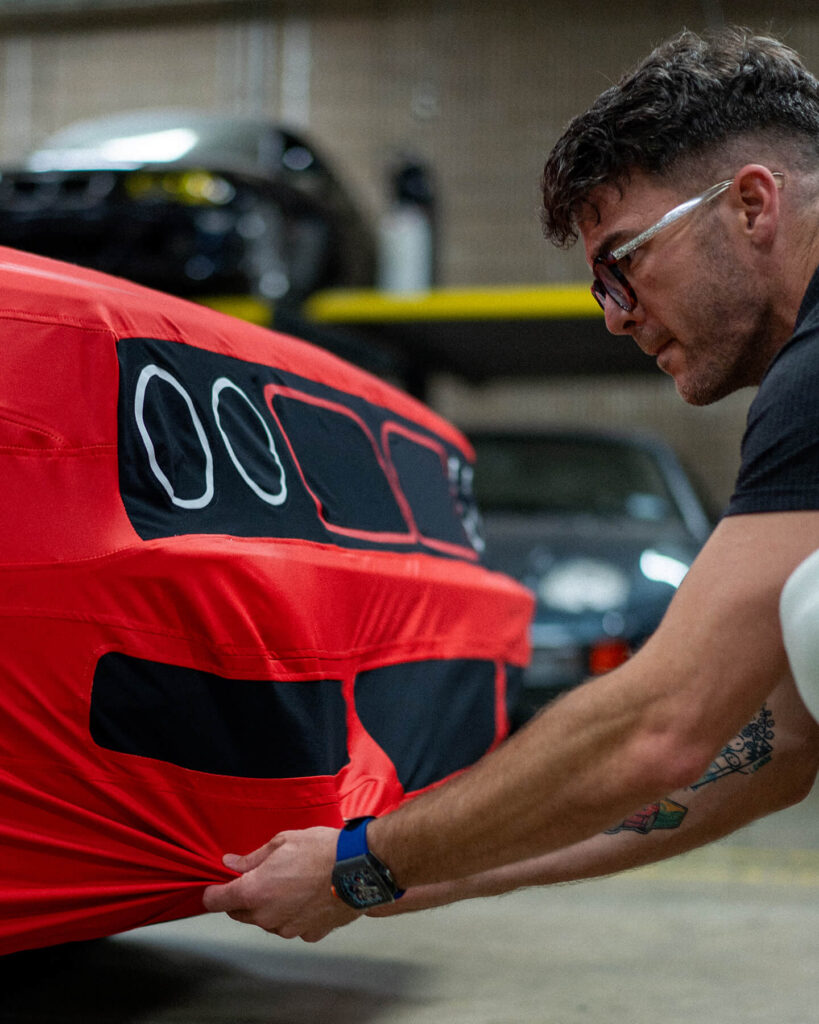
Your work is both unconventional and incredibly functional. How do you balance aesthetics and purpose in your design process?
This might sound a bit bold, but honestly, balancing aesthetics and function isn’t difficult for us—it’s just how we’re wired. My background is in mechanical engineering, so for me, function always comes first. And then there’s Kevin, our lead designer, who’s just incredible when it comes to surfacing and form. I’ll guide the creative direction—the swoops, the shapes, the attitude—and he already knows how to bring it to life, intuitively and beautifully.
That “function first” mindset really stems from my time at Oakley. The whole ethos there was engineering wrapped in art. It taught us to design with purpose without compromising on aesthetic impact. That foundation has made us particularly strong as an industrial design firm, especially when working on complex products like medical devices. In those projects, things constantly evolve: maybe the battery changes, or Wi-Fi needs to be integrated, or there’s a shift in FDA requirements. So the design can’t be too precious or rigid. It has to adapt.
We’re not the kind of team that clings to a single concept and insists it must remain untouched. Our designs evolve with the project’s needs, and we’re totally comfortable with that. It’s all about marrying the beauty of the object with its purpose, making something that works incredibly well and looks damn good doing it.
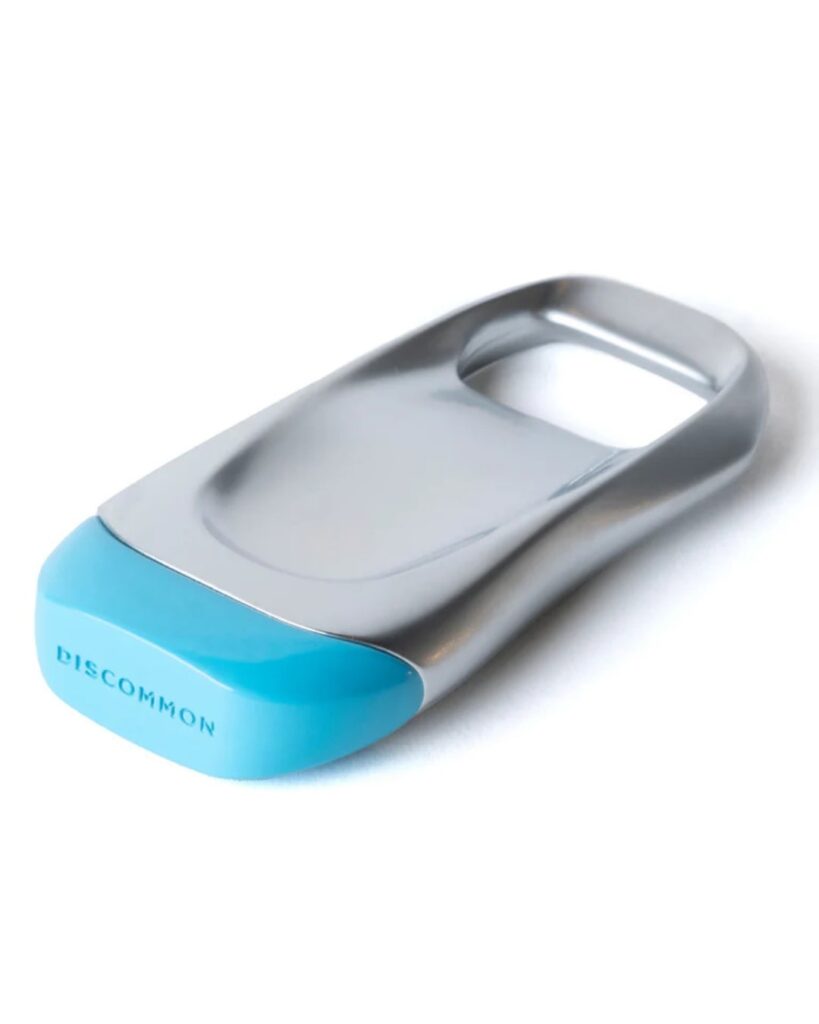
What’s the most technically challenging object you’ve ever made?
One of the most technically challenging projects we’ve taken on was the Concorde sculpture for the Peninsula Hotel in London. It was part of a vision from the architects behind the hotel’s top-floor restaurant and bar, themed around Brooklands—home of British motorsport and aviation heritage, including Concorde. They imagined a large-scale Concorde form integrated into the ceiling, and we were brought in to make that idea a reality.
The sheer scale was intimidating. We’re talking about a massive, suspended structure in one of the most luxurious hotels in the world, and every detail had to be flawless. But we approached it the same way we do any project: break it down into smaller, solvable problems. How do we get it on the roof? Where do the sprinklers go? Who’s responsible for lighting integration? Will it meet code? Once we had answers—or at least potential solutions—to enough of those questions, it became manageable.
Technically, it required full-on design, structural engineering, and advanced manufacturing, all things we’re comfortable with. We partnered with our longtime machining partner, Ealfeay, and worked with a structural engineer to make it happen. And while we didn’t come up with the concept, we were given the freedom to reimagine the Concorde in our design language—clean, stylized surfaces, no engines, a shape that looked like it was in motion. It’s a Discommon speed form, just on a massive scale.
The funny thing is, we later made a smaller wall-mounted walnut version just because we loved the project so much and I wanted one in the office. That’s the kind of stuff that keeps our brain spinning even after the main project is done.
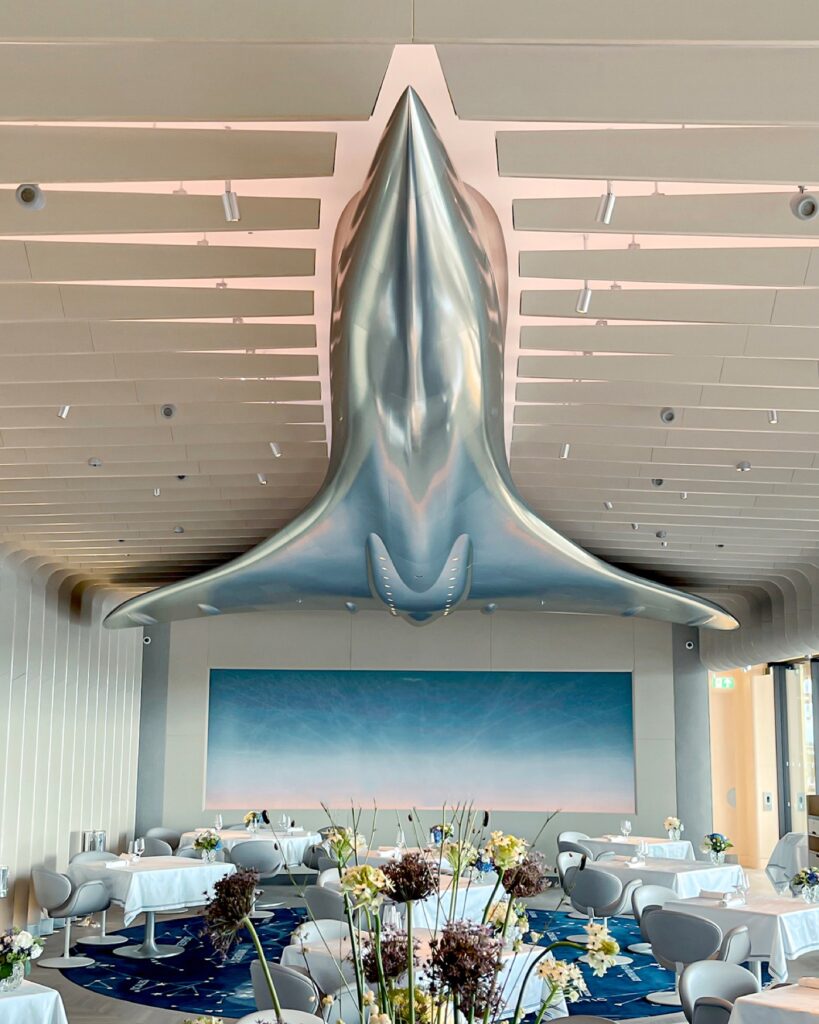
One of the wildest stories on your site is about a Formula One car landing at Discommon HQ. How did that come about?
It all started back when I lived in California and met Joe Scarbo, an insanely talented engineer who was working on off-road racing trucks. Joe’s the kind of guy who disappears into a project so deeply he nearly kills himself pulling it off, but you instantly trust what he builds.
Years ago, he decided to build a modern interpretation of his favorite F1 car—a late 1960s Ferrari. It was this wild, hand-built machine with unbelievable attention to detail and engineering. I was working with Magnaflow at the time and connected them with Joe to help create the crazy exhaust setup, which actually ended up on my own car too.
At first, this wasn’t supposed to be a business, Joe was just building the car for himself. But I told him, “One day, I want one of these.” At the time, it wasn’t realistic. Living in California, there was no way to get something like that street legal. But after moving to South Carolina, I realized the laws around kit cars were a bit more flexible. So I pitched the idea: if he could add headlights, blinkers, a horn—all the stuff you need for compliance—I might actually be able to register it.
Eventually, after a few successful projects, I made the call. It wasn’t meant as a marketing stunt, but let’s just say the car is the perfect embodiment of our flavor of mischief. It lives about 20 feet from my desk now. Yes, it’s registered in South Carolina, and yes, I do drive it on real roads.
Right now, I’m prepping it for a road trip from the Peninsula in Beverly Hills up to Carmel for car week, with stops in Santa Barbara and Ojai. It’s only got a 4-gallon gas tank, so a friend has agreed to carry extra fuel for me. I’m also planning to 3D-print a side cage to hold one of our duffel bags, because why not? It’s ridiculous, it’s functional, and it’s pure Discommon. And yes, we’ll absolutely be documenting the whole thing on Instagram.
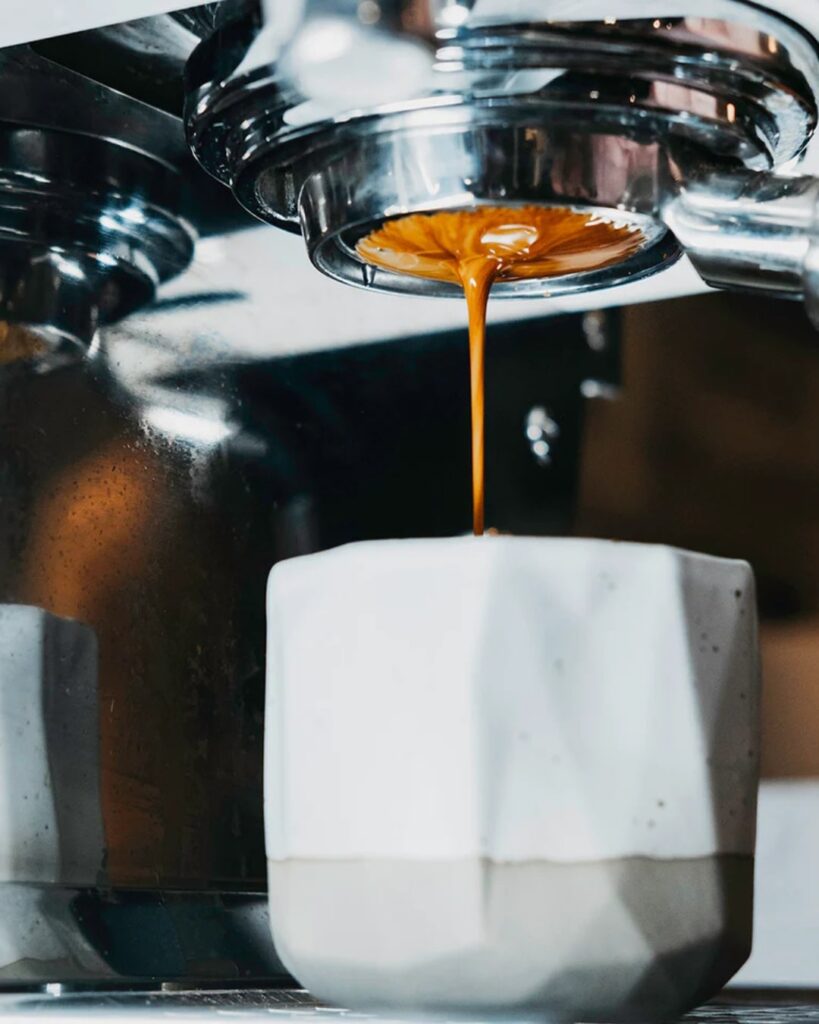
Some of your products have become true cult objects. Which of your creations unexpectedly became a favorite— and why do you think it resonated so deeply?
It’s almost anticlimactic to admit, but one of our most unexpectedly beloved products is… the coffee cup. It’s not flashy or technical, but it resonated in a way we never could’ve predicted. The wild part? A whole pallet of them went missing in transit—completely lost by the shipping company. Instead of trying to quietly sweep it under the rug, we talked about it openly online. We turned the situation into a shared story, and people actually wanted to be part of the mystery. Orders increased after we posted about it. It became this odd little cult saga, and people were invested.
But if you ask me which product I’m most proud of, no hesitation, it’s our Accomplice Weekender. That duffel bag is just right. You know how it is: when your friends buy something you’ve made, there’s always that little flicker of insecurity: “What if they don’t like it?”. But with the Accomplice, I never flinch. It’s so well-designed and so purposeful that I’m completely confident they’re getting their money’s worth. That’s rare, and it feels good.
We launched it about four or five years ago, and just this morning, we introduced its sibling: a new tote bag. It’s designed to cover needs the Weekender doesn’t, and I’m genuinely excited about it. I think it’s going to be just as meaningful and useful to people, which is always the goal.
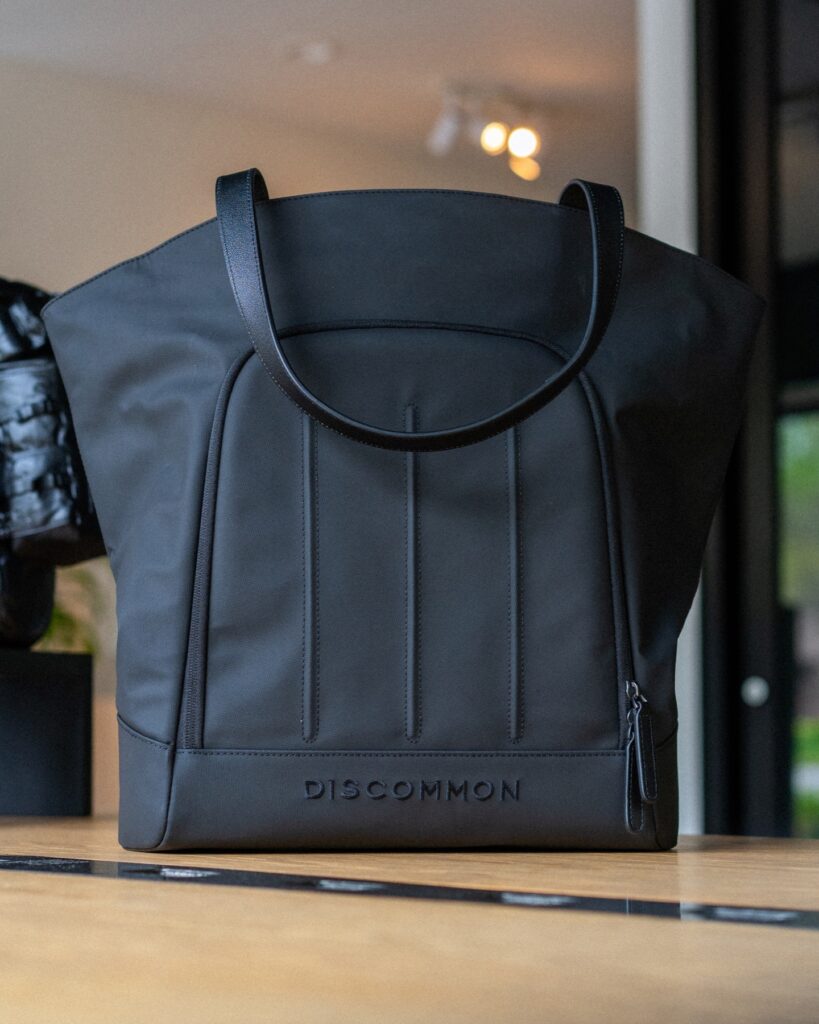
Is there a dream or obsession that’s stayed with you for years but hasn’t materialized yet?
Absolutely. I think about it every single day. My Roman Empire, to borrow the phrase, is owning a furniture company. I’d love to buy the building next door and turn it into a proper American furniture factory. That’s the dream. But the honest truth is: I don’t have the money for it yet. So yeah, it’s a full-blown obsession that hasn’t materialized – yet.
In terms of products, the one that haunts me most is a lounge chair. Like, I want to make our version of the Eames lounge chair. Not a reinterpretation, but something completely new that could one day become iconic—the kind of piece people collect, that can define a room but also fit into any room. That kind of timeless, functional beauty is the pinnacle of design, to me.
And yes, we’ve started sketching and playing with forms. The shapes we’re drawn to are complex, which presents some very real challenges, like manufacturing. Without our own factory, we’d probably have to produce it in Asia, like much of the furniture world. And it’s a big item, with big logistics: cartons, freight, inventory, minimum orders… not to mention the temptation to offer a million versions—white, black, brown, etc. But we’ve decided: when we do it, we’ll keep it simple. This is the chair. It’s black.It’s coming. Maybe not tomorrow, but it will happen. Right now, it’s my nemesis, and that’s probably exactly why I need to make it.


